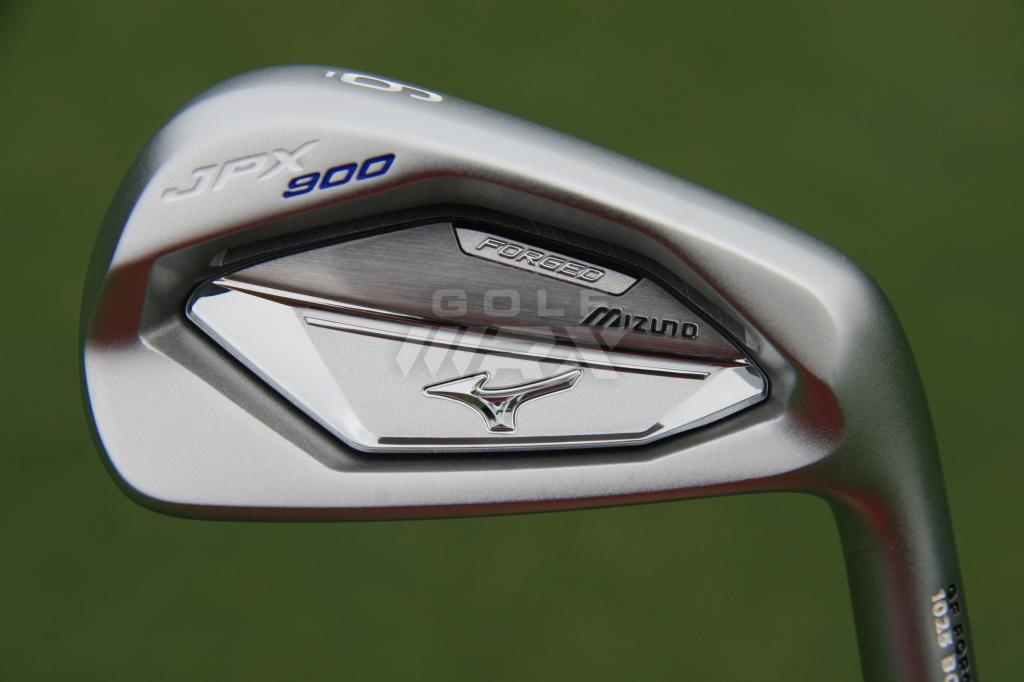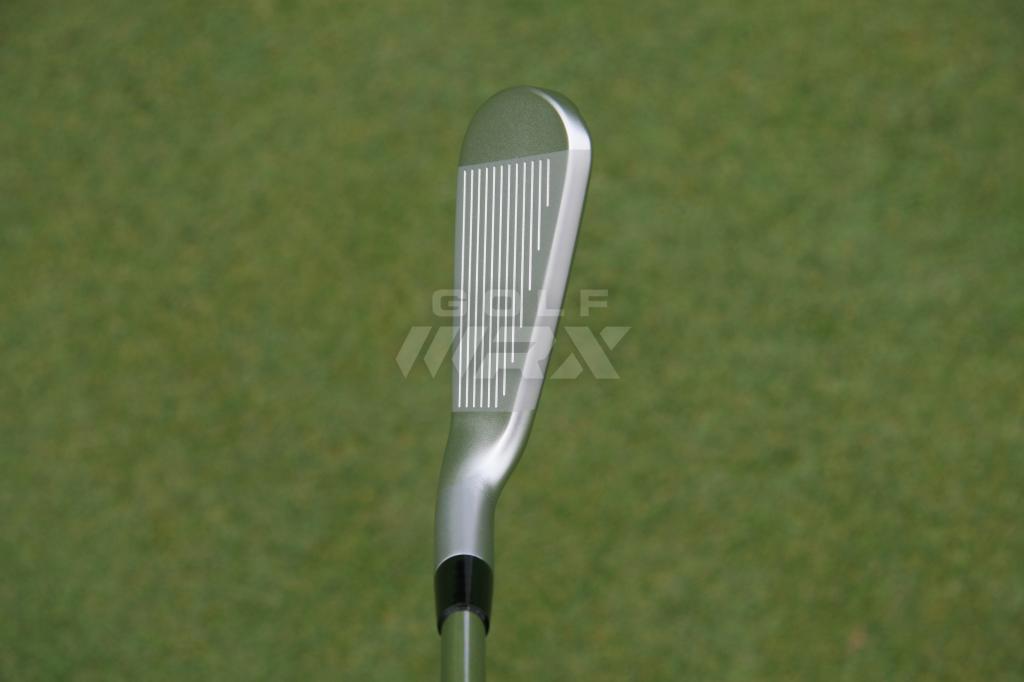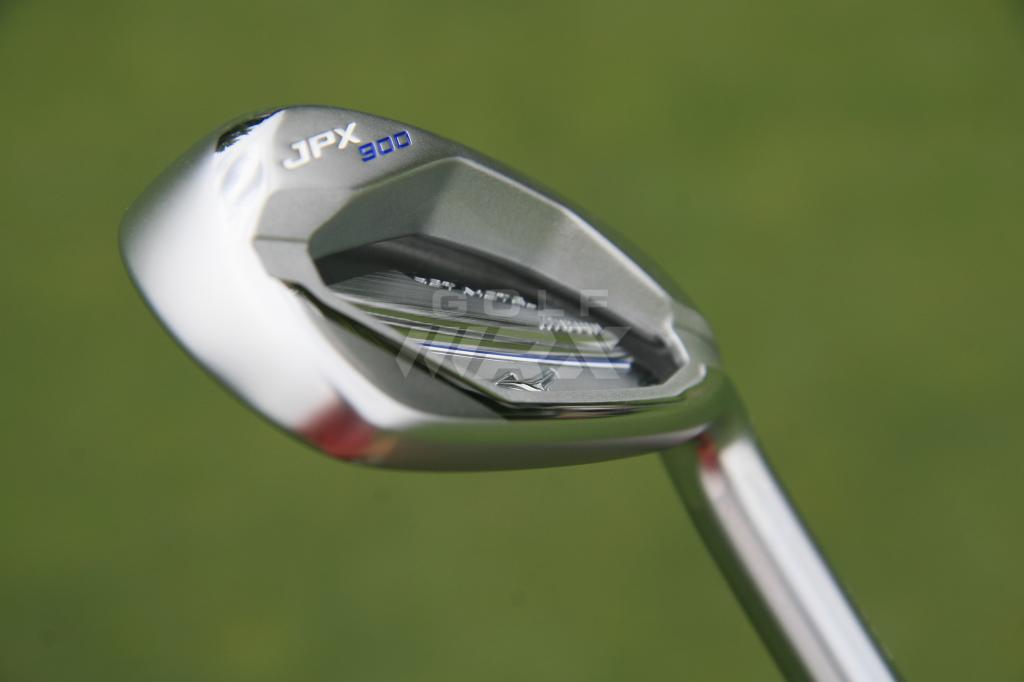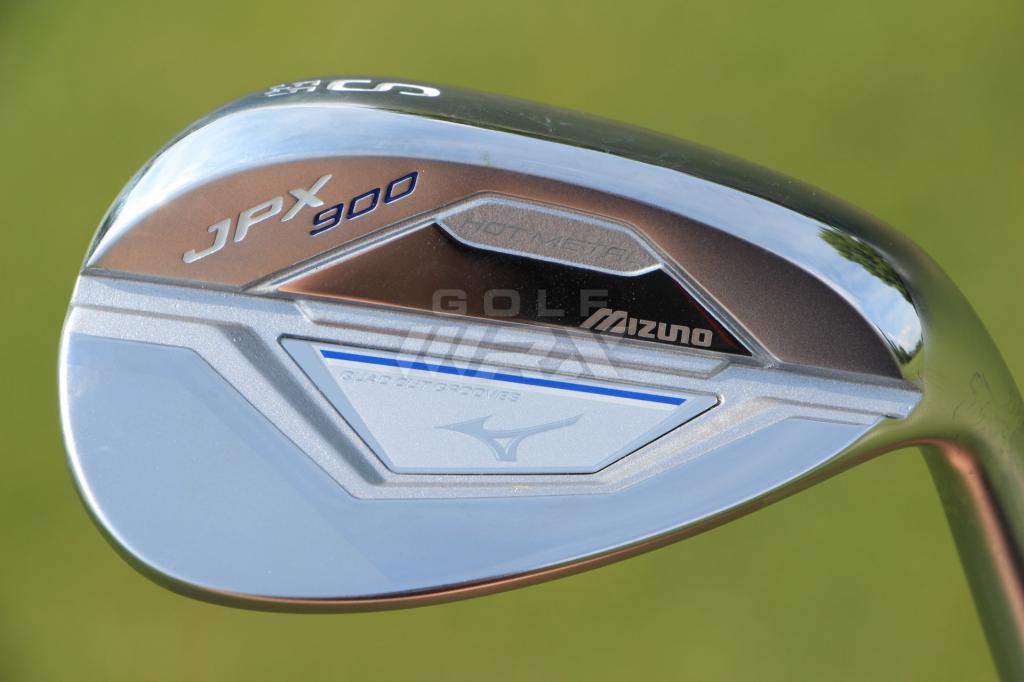Mizuno Jpx 900 Hot Metal Irons Review Mark Crossfield
Along with the visitor'south new JPX-900 Tour irons, Mizuno will also launch its new JPX-900 Hot Metal and JPX-900 Forged irons, which will supervene upon the JPX-850 and JPX-850 Forged irons.
Different Mizuno's MP irons, which are blade and blade-like irons designed for amend players, the JPX line of irons are designed to offering golfers more forgiveness and distance, packaged into slightly larger head sizes. Call up of them every bit "tweener irons," according to David Llewellyn, Mizuno'south Director of R&D.
As is expected from the JPX line, the new crop of JPX-900 Forged and Hot Metal irons focuses on playability and distance, but doesn't ignore feel and sound in the design process. To achieve the feat, each of the new offerings use special materials. The JPX-900 Forged irons are made with a special 1025E Grain Period Forged steel that is infused with boron. The JPX-900 Hot Metallic irons are cast from a metal chosen Chromoly 4140M, which you can larn more nearly below.
JPX-900 Forged irons

Along with being larger than Mizuno's new JPX-900 Bout irons, the JPX-900 Forged irons have a chemical trick up their sleeves to offer greater forgiveness and more distance — a material called boron.
The company began using boron with its JPX-850 Forged irons, although two years later on their release there is still lingering defoliation amongst golfers as to how and why boron is actually used. Opposite to pop conventionalities, boron is not used as a replacement for traditional steel in the design. Rather, a pocket-sized amount of boron (xxx parts per one thousand thousand, according to Mizuno) is mixed with the company's Grain Menses Flowed 1025E steel to increase strength. This allows Mizuno to forge the faces of boron-infused thinner, leading to faster ball speeds without sacrificing durability.
Mizuno started experimenting with boron later seeing its success in the auto industry, where the material helped create auto parts with a college forcefulness-to-weight ratio to make stronger, more than more fuel-efficient structures. Mizuno found that it translated well into iron making, helping them offer better distance and consistency. The hard part about using boron, co-ordinate to Llewelyn, was getting the mixture right so that the company'due south irons would maintain their signature audio and feel.
"It took 5 years to figure out how to do it," Llewelyn said.

The JPX-900 Forged irons, therefore, are the second-generation of JPX irons to use boron. To make the irons longer and more than forgiving than their predecessors, Mizuno reshaped the pocket cavity of the irons to create a larger rebound area, giving them faster ball speeds on off-center hits.
Head sizing throughout the fix has also changed; the longer irons have a longer bract length, while the shorter irons have a more compact expect, with the "crossover" beingness at the 6-atomic number 26.

The JPX-900 Forged ($1200) come stock with True Temper'south Project X LZ shaft, and will hitting stores Sept. 16.
JPX-900 Hot Metal irons

In the new historic period of iron design, companies search for ways to brand the faces thinner in order to produce faster, more consequent brawl speeds. That's how Mizuno stumbled upon 4140M Chromoly, a common scientific name for the mixture of chromium and molybdenum. Mizuno found that the cloth, which is used in aircraft tubing, firearm parts, bicycle frames and race machine curlicue cages, had a two-fold benefit in iron pattern.

The way Mizuno estrus treats the Chromoly allows the irons to be built with thinner and stronger faces, while withal maintaining their bendable, loft-and-lie adjustable hosels. If you've equipment articles on GolfWRX in the past few years, we're quite keen on the benefits of custom-plumbing fixtures when making a club purchase, and so this puts a smile on our face.
The Hot Metal irons besides have a "cup face," which makes the faces thinner and more than flexible. What's unique about Mizuno's loving cup-face pattern is that it is created without the usual face weld. That works to raise coefficient of restitution (COR) to 0.828, according to Mizuno, simply shy of the USGA'southward legal limit.

The JPX-900 irons are also equipped with a triple-cutting sole for better turf interaction from a variety of lies and "sound ribs" behind the summit crenel for improved acoustics. The ribs are similar to what are used in metal forest, where they tranquility the vibrations to improve the experience of the hollow, thin-faced clubs.

For golfers who prefer to purchase wedges that match their irons, Mizuno redesigned the JPX-900 Hot Metal wedges to maximize performance effectually their greens. The set's gap, sand and lob wedges are made from X30 Stainless Steel — a soft and bendable cloth, according to Mizuno — with caput shapes that are inspired past the company'south S5 wedges. Like Mizuno's premium S5 and T7 wedges, the Hot metallic uses the company's Quad-Cut grooves for improve spin control, and the sole grinds are progressively shaped to suit the respective purposes of each loft.
Related: Click to See photos of Mizuno'due south new wedges

JPX-900 Hot Metal sets (iv-Pw, GW) will come stock with Nippon Due north.S. Pro Modus3 Tour 105 steel shafts, and will hit stores on Sept. 16 for $900.
Related: Encounter what GolfWRX members are saying nigh the clubs in our forums
Your Reaction?
- Like 345
- LEGIT 29
- WOW 44
- LOL seven
- IDHT 8
- FLOP 12
- OB half dozen
- SHANK 21

Source: https://www.golfwrx.com/393438/mizuno-jpx-900-hot-metal-and-jpx-900-forged-irons/